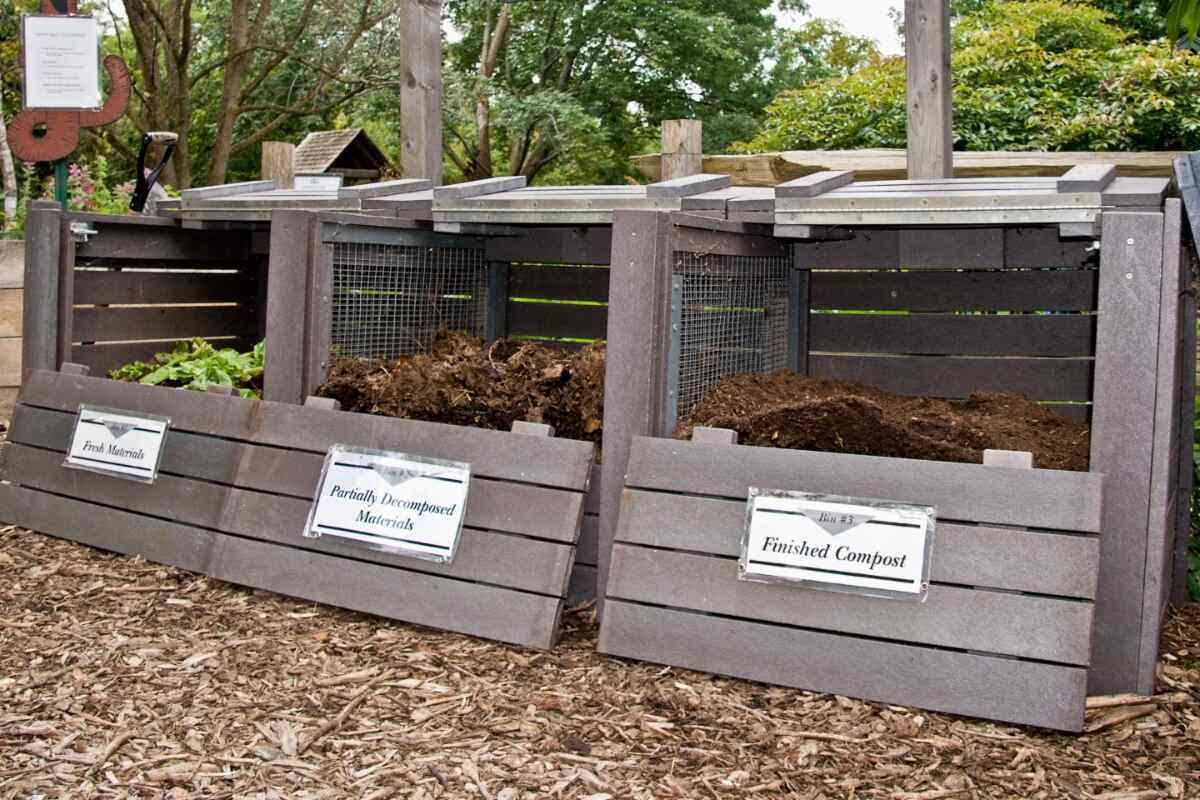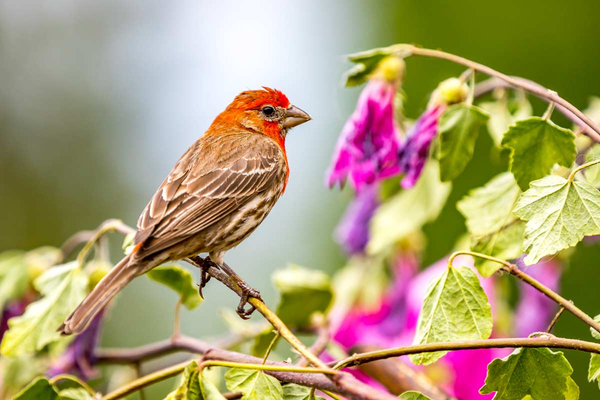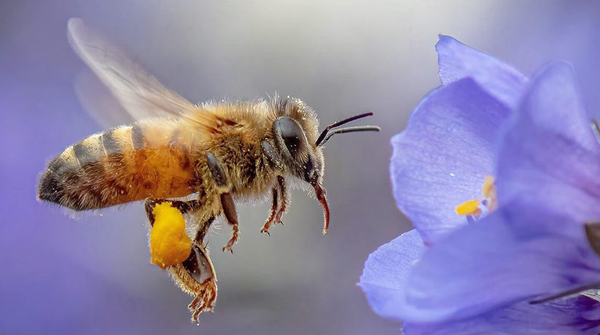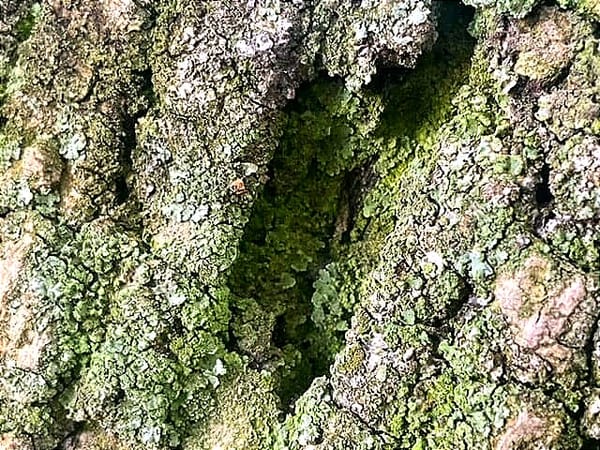Composting- Decomposing for Experts

I love to eat- I don't love the food waste that comes with it. Luckily, there is a solution! Actually, many; but we're just going over one today. Composting is truly a gardener's bread and butter. But even if you aren't one, you can still share with those who are.
So, how do you compost? There are lots of tactics, for both those with small and large plots (or none at all).
For this first option, you'll need a good amount of space. Possibly a large patio or back/front yard. An open-bin system usually consists of three (obviously) open containers. One that you're adding food scraps to, one that is actively decomposing, and a third consisting of finished compost that is ready to be used. It's important to turn (move around) your decomposing bin every one to two weeks using a tool such as a pitchfork.
A closed bin system could be ideal for those who have issues with pests getting into their things. However, this means the bins must be turned more frequently in order to aerate them.
If you have a smaller area, you may want to consider a worm bin, or vermicomposting. You can place this bin inside as they require a temperature of 55 degrees F- 80 degrees F. However, a shaded area outside is also fine. First, you must drill holes in the top and bottom of the container (for oxygen and drainage). Next place bedding inside to suppress smell and absorb moisture. You can use 1-inch strips of newspaper to fill the bin 2/3 of the way to the top. Moisten it with some sprits of water. Now the fun part: the worms! Red Wigglers are a type of earthworm that can eat around 1/2 their body weight in food in a single day. Add a pound to your bin and start to feed them your scraps. After a few months, your compost should be the color of dark soil. You then need to push all your compost to one side and add more bedding and food to the other half. Next, wait a month for all the worms to move over and take out the finished compost!
Here are some scraps to include in your compost:
-human hair & pet fur
-fresh grass & plant trimmings
-coffee grounds
-fruit & vegetables scraps (citrus fruits should not be added to the worm bin)
-dried leaves & flowers
-straw, sawdust, & woodchips
-egg shells
If you have a garden, that's great! You can now make fertilizer sourced from your own kitchen. If you don't, you still have a few options. Many cities have compost pickup alongside recyclables and trash. If yours doesn't, there may be other facilities available that would probably appreciate some good compost (for example: community gardens). Do some research!
If you're starting out on a new garden project, checkout my post about bees! "Pollinators Make the World Go Round"
I got pretty much all of my information from Bungalow. Send them some love!:






